What is Scoliosis in Children?
Scoliosis is a deformity of the spine (backbone). It is when the spine curves to the left or right side. The curve of the spine measures 10° or more. A normal spine will appear straight when looked at from behind, because a child with scoliosis has a spine with an S or C shape. The child may look like he or she is leaning to one side. Both the middle (thoracic) and lower (lumbar) spine may be affected. In many cases, scoliosis curves are small and do not require treatment. Children with larger curves will need to wear a brace or have surgery to restore normal posture.
There are six types of scoliosis that may affect children:
- Infantile idiopathic scoliosis is diagnosed in children ages 0 to 3.
- Juvenile idiopathic scoliosis is diagnosed in children ages 4 to 10.
- Adolescent idiopathic scoliosis is diagnosed in young people ages 11 to 18. It is the most common type of scoliosis.
- Congenital scoliosis occurs when the spine does not develop properly in the womb.
- Neuromuscular scoliosis is caused by brain, spinal cord, and muscular system disorders.
- Syndromic scoliosis develops as part of an underlying syndrome or disorder (eg, Marfan syndrome, muscular dystrophy).
Request a Free Estimate

- Travel to India for Affordable and Advanced Healthcare
What is the Description of the Scoliosis?
Scoliosis causes the bones of the spine (backbone) to twist, so that it appears more like the letter “C” or “S.” The Scoliosis curves mostly occur in the upper and middle back (thoracic spine). They may also develop in the lower back, and occasionally occur in both the upper and lower parts of the spine. Idiopathic scoliosis curves vary in size, and the mild curves are more common than larger curves.
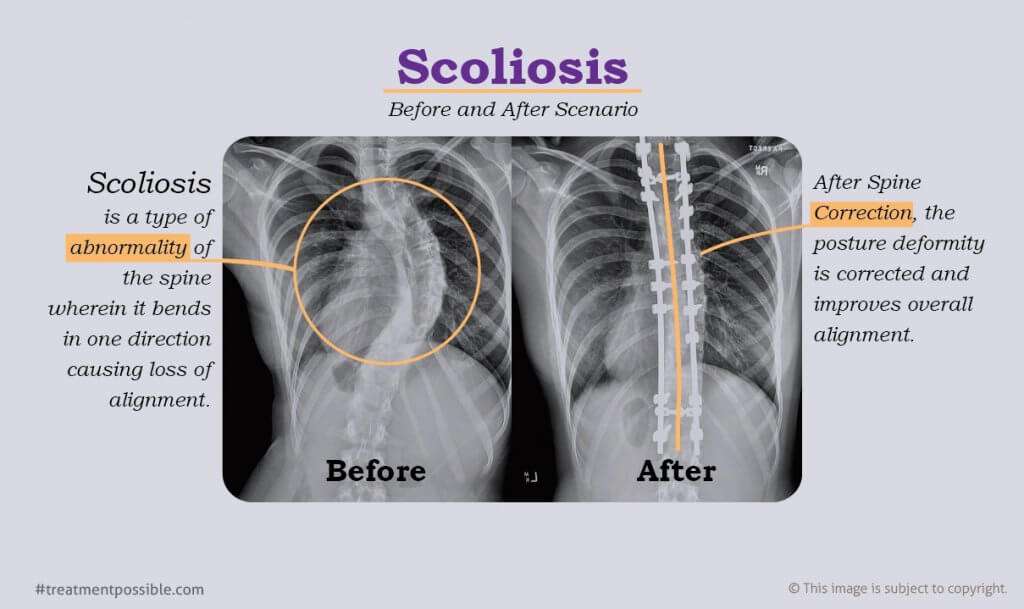
What are the Causes of Scoliosis in children?
The causes of scoliosis are usually unknown. A child may be born with it. Or he or she can develop it later in life. It’s most often seen in children between the ages of 10 and 18. It tends to affect more girls than boys.
Possible causes of scoliosis include:
- Nervous system problems such as cerebral palsy (or) muscular dystrophy
- Inherited conditions that tend to run in families
- Differences in leg lengths
- Injury
- Infection
- Tumors
What are the Symptoms of Scoliosis in Children?
The symptoms of scoliosis occur differently in each child. The most common symptoms of scoliosis are as follows:
- Uneven shoulder height
- The head is not centred with the rest of the body
- The difference in hip height or position
- The difference in the way the arms hang when the child stands straight
- The difference in the height of the sides of the back when the child bends forward
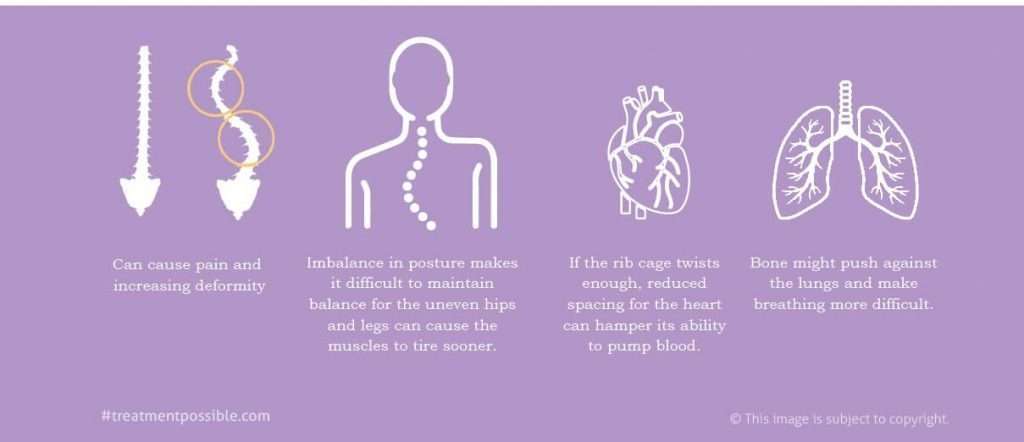
How is Scoliosis Diagnosed?
Scoliosis is diagnosed with a complete health history of your child and a physical examination by a spine specialist. Your child may need the following tests:
- X-rays – This test will make images of internal tissues, bones, and organs. It is the primary tool for diagnosing scoliosis. It measures the degree of spinal curvature.
- MRI – This test will use a combination of large magnets and a computer to make detailed images of organs and structures within the body.
- CT scan – This test can use X-rays and a computer to make detailed images of the body.
Finding scoliosis early is important for treatment. If left untreated, scoliosis can cause problems with heart and lung functions.
Want more clarification about medical expense & treatment plan?
Plan for Scoliosis Surgery cost In India
Get a Free Doctor's OpinionWhatapp UsWhat are the Treatment Options for Scoliosis in Children?
The Treatment depends on your child’s symptoms, age, and general health. It also depends on the severity of the condition. The goal of treatment is to stop the curve from getting worse and prevent deformity. The spine specialist considers several things while planning your child’s treatment:
- The location of the curve
- The severity of the curve
- Your child’s age
- The number of remaining growing years once an adolescent has grown fully because it is not common for a curve to rapidly worsen.
By evaluating these factors, your doctor will determine how likely it is that your child’s curve will worsen and be able to suggest the best treatment option. Treatment may include:
- Bracing – If your child is still growing, he or she will need a brace for some time.
- Surgery – In case the bracing has not slowed down the progression of the curve, the child will need surgery. Your child will also need surgery when the curve measures 45 degrees or more on the X-ray.
Bracing
Braces won’t straighten the spine, but they can prevent the curvature from increasing. This method of treatment is more effective for cases that are detected early. Those requiring a brace need to wear it 16 to 23 hours a day until they stop growing. A brace’s effectiveness increases with the number of hours they wear it per day. The spine specialist recommends that your child should wear their braces until they reach adolescence and stop growing. There are two main types of braces:
- Underarm: Made of plastic and fitting close to the body, this brace is virtually invisible. It’s used to treat lower spine curves and fits around the lower part of the body.
- Milwaukee: This brace starts at the neck and covers the entire torso, with the exception of the legs and arms. It’s used for curves that the underarm brace can’t address.
Pediatric Spinal Fusion for Scoliosis
Surgery is usually reserved for people with curves greater than 40 degrees. Spinal fusion is the standard scoliosis surgery. In this procedure, the doctor fuses your vertebrae together using a bone graft, rods, and screws. The bone graft consists of bone or a material like it. The rods keep your spine in a straight position, and the screws hold them in place. Eventually, the bone graft and vertebrae fuse into a single bone. Rods can be adjusted in children as they grow.
Some of the risks of spinal fusion surgery include:
- excessive bleeding
- failure to heal
- infection
- pain
- nerve damage
How is Pediatric Scoliosis Surgery Performed?
Surgery is usually reserved for people with curves greater than 40 degrees. The scoliosis correction surgery is done using pedicle screws and rods.
- Step 1: The pedicle screws are placed into the individual vertebrae and a contoured rod is placed and the screws are connected to it.
- Step 2: The spine is fused using autograft and allograft bone available from the bone bank. The skin is closed using absorbable sutures so that the cosmetic appeal is maintained.
- Step 3: The operation lasts 4–8 hours and they may have to remain in the hospital for a week to 10 days.
- Step 4: They will need to return to the hospital every 6 months to have the rods lengthened.
What is the outcome and recovery of Scoliosis in Children?
By the second day after surgery, most patients will be able to walk without wearing a brace. The hospital discharge is less than 1 week following the surgery and most children return to school and resume their daily activities within 4 weeks.
Most children may return to sporting activities within 6 to 9 months after surgery. Because surgery causes permanent limitations to spine movements, participation in sports such as football is discouraged. Spinal fusion does not increase the risk of complications during girls’ future pregnancies or deliveries.
Summary of Pediatric Scoliosis Treatment:
- Scoliosis is a deformity of the spine (backbone). It is when the spine curves sideways.
- A child with scoliosis will have a spine with an S or C shape. The child may look like he or she is leaning to one side.
- Scoliosis will cause a difference in shoulder or hip height.
- X-rays can measure the curve of a child’s spine.
- Depending on how bad the scoliosis is, your child will need a brace or surgery.
Pediatric Scoliosis Surgery at Treatment Possible:
Treatment Possible is associated with Top Pediatric Scoliosis Surgeons who are specialized in Scoliosis Surgery. We work with the best hospital for scoliosis surgery in India that is equipped with OT and are compatible with complex scoliosis surgeries. Treatment Possible associates with the best pediatric scoliosis surgeons who are experienced in operating complex scoliosis cases on a Child as well as on an adult.
Scoliosis surgery cost in India ranges from USD 6000-8000 which is much lower compared the cost in the United States or Europe. Treatment Possible ensures high-quality pediatric spinal fusion for scoliosis while guaranteeing the lowest medical services and surgery cost. Our understanding of the Indian Medical Services, Healthcare market and our valued relations with the best pediatric scoliosis surgeons enable us to provide scoliosis operation cost in India at a price that is reasonable, affordable and transparent.
Get Free Consultation with the Top 10 Spine Surgeon in India with the hassle-free setup of post-operative recovery care, medical travel & stay during the medical treatment. You can also send your medical reports for Scoliosis Corrective Surgery to care@treatmentpossible.com for free opinions and suggestions from the best pediatric scoliosis surgeons. No matter what the health condition, you always get good healthcare options and cost advantage from Treatment Possible!
Our Services
From Treatment To Recovery, We Are Always There With You!
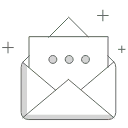
Medical Visa Letter
We provide a Medical visa letter for which we require the scanned passport copies of the patient and attendant.
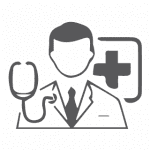
Arrange An Appointment With A Surgeon
We arrange for the appointment with the surgeon, confirm for the hospital room and operation theatre (if required)

Post Surgery Follow Up
We help you to fix your telephonic appointment for future follow-ups

Complimentary Pickup
We arrange for complimentary pickup and drop services from the airport.
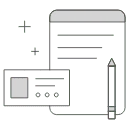
All The Necessary Arrangements
We arrange for hospital admission, forex exchange, sim card and local assistance

No Need To Worry About Essential Expenses!
We help in sorting out the hospital bill, return ticket, medicines and other essential purchases.
Frequently Asked Questions:
At what age is scoliosis usually diagnosed?
The majority of children diagnosed with adolescent idiopathic scoliosis are between the ages of 10 and 15. The type of scoliosis is categorized by age at onset of diagnosis: Infantile idiopathic scoliosis, from birth to 3 years of age.
What degree of scoliosis requires surgery?
Children having very severe curves (45-50° and higher) will need surgery to lessen the curve and prevent it from getting worse.
Can scoliosis affect your height?
Mild scoliosis usually doesn’t affect someone’s final height. But if a curve is big and not treated, it could mean a person doesn’t end up as tall as he or she might have been.
What is pediatric and adolescent scoliosis?
Pediatric and adolescent scoliosis is a condition when a child’s spine abnormally curves sideways or rotates. Scoliosis can range from mild to severe. People with mild scoliosis will only need to be seen by their physician on a regular basis. Those with more severe cases will need braces or surgery.
Who gets pediatric and adolescent scoliosis?
Around 2% of the population is affected by scoliosis. Scoliosis can affect people of any age, but is most common in adolescents.
What causes pediatric and adolescent scoliosis?
- Idiopathic scoliosis is the most common type. “Idiopathic” means that the cause is unknown, but since it runs in families, it has a genetic (hereditary) basis.
- Congenital scoliosis is a rare spine abnormality which is detected at birth.
- Neuromuscular scoliosis is a curvature of the spine caused by abnormalities in the muscles and nerves supporting the spine. Some examples include patients with cerebral palsy, spina bifida and muscular dystrophy.
Will scoliosis prevent my child from playing sports or doing certain activities?
No. However, kids with scoliosis need to do exercises that keep their back and leg muscles flexible. Sports and exercises which involve both sides of the body are especially important to keep the whole body strong. Sports or activities like volleyball, gymnastics, ballet and tennis use one side of the body more than the other. If your child is involved in one of these sports, our physical therapists can help find the best exercises and stretches to help strengthen both sides of his or her spine.
